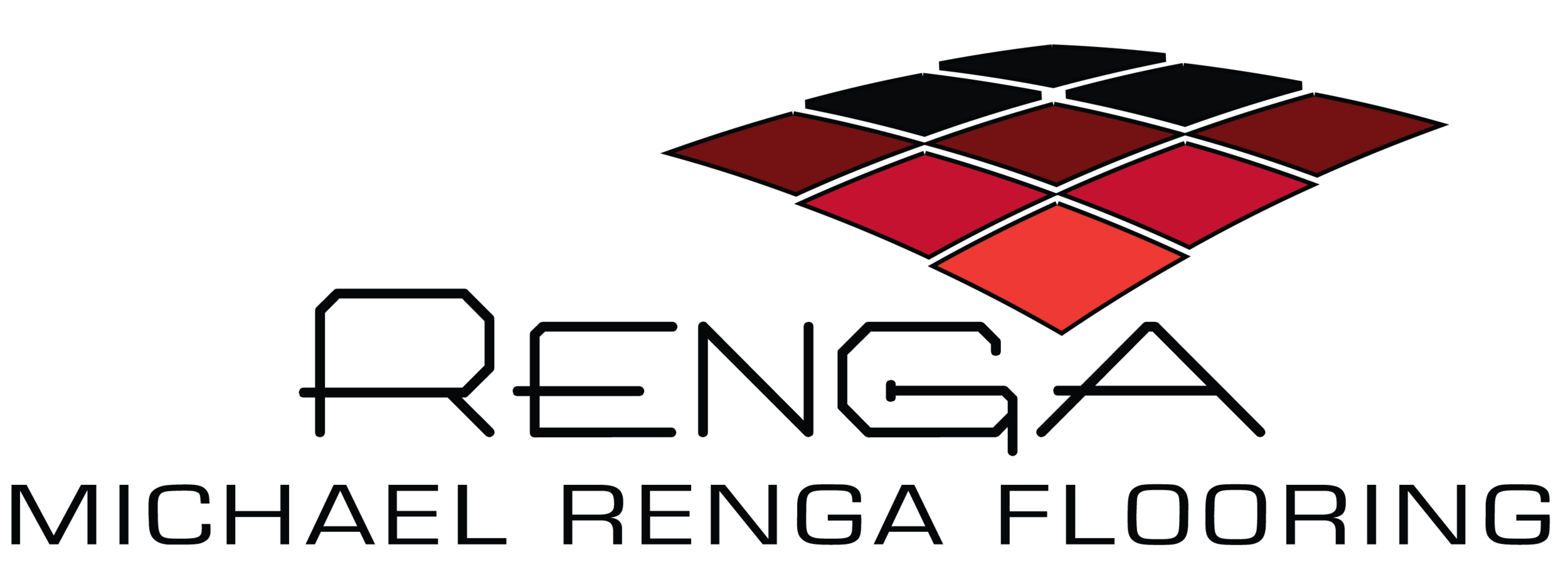“How do I choose a Hardwood floor species, color, board size, or pattern that is right for me?”
answer
If you are looking for a Transitional style you may want to use a wide (7.5”-9”) board with a light-medium amount of character. Floors that fit into this category can lend themselves to a modern or rustic environment. Usually these are in the lighter natural tones, the whites, or the grays. This is by far the most popular choice today, and we have hundreds of options to choose from.
If your tastes are more Contemporary you may want to use a medium-wide (5”-7.5”) board in a white, light gray, or lighter natural color of the wood. This look is usually a smooth, or very lightly wire-brushed on the surface. The character grade for this style is usually select to light rustic at most - usually a cleaner overall look, without too much plank to plank variation. Think clean and calm!
If you like a more Traditional look, then you may want to use a narrower (3”-5”) board width with a medium to light color. More traditional looking hardwood floors at Red & White Oak, in a Select & Better Grade. Plain Sawn is the typical look, but an upgrade to Rift & Quartered would be a welcome upgrade adding to the authenticity, class, and style!
If you are looking for a more Rustic or Country style, then you may want to use a wide (7.5”-10”) board with possibly a lot of character such as lighter and darker boards with knots and natural character which has become extremely popular. Light Rustic to Rustic White Oak, Hickory, Pecan, Walnut, and Country Maple are all perfect species of hardwood to give you the natural effect this style demands!
If the flooring is going to be Heavily Trafficked, then we suggest using a wood species like wide-plank White Oak that has a lot of grain and character to help hide any damage. You will want a floor with a low sheen - the more dark stained & shiny, the more damage the floor will reveal with use. The more distressed you can get the hardwood to be from the start, the harder it will be to damage with use!






